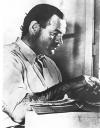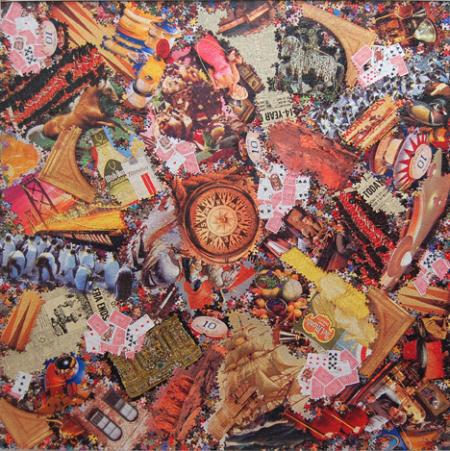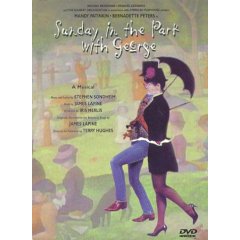U.S. policy toward Cuba is depressing.
Fifty years ago there were high hopes in Cuba when Fidel Castro toppled the dictator Batista and ran out the American Mafia. But since then there has been a slow, steady descent into poverty and repression, the combined effect of the U.S. embargo and Castro’s ruthless system of concentration camps, forced-labor and re-education, supported by a network of secret police and informers. Recently, Castro was replaced by his brother Raul, and there was much speculation about “transition scenarios” and the usual saber-rattling from the administration about regime change, keeping hopes alive for the politically-active Cuban-American community that someday they’ll be able to reclaim the property Castro confiscated fifty years ago.
 But there’s likely no going back in any sense. Consider the curious fate of Ernest Hemingway, always a revered local god in Cuba. His novels To Have and Have Not, The Old Man and the Sea, and Islands in the Stream reflect the sun-soaked, elemental, sometimes violent sense of adventure he found in pre-Castro Cuba. His estate on the edge of Havana, Finca Vigia, or “Look-out Farm,†where he lived for more than two decades, is now a state-run museum, housing thousands of books and dozens of paintings he collected, as well as many heads of animals he killed on safari.
But there’s likely no going back in any sense. Consider the curious fate of Ernest Hemingway, always a revered local god in Cuba. His novels To Have and Have Not, The Old Man and the Sea, and Islands in the Stream reflect the sun-soaked, elemental, sometimes violent sense of adventure he found in pre-Castro Cuba. His estate on the edge of Havana, Finca Vigia, or “Look-out Farm,†where he lived for more than two decades, is now a state-run museum, housing thousands of books and dozens of paintings he collected, as well as many heads of animals he killed on safari.
Finca Vigia is the setting for Leonardo Padua Fuentes’ entertaining novel Adios Hemingway (Cannongate, 2005). As the story opens in the year 2000, ex-cop Mario Conde returns to duty to investigate the discovery of a skeleton and FBI badge that have washed up in the garden during a violent storm. It’s quickly established that the man was murdered some forty years before, during Hemingway’s last months in Cuba. Suspicion falls on the famous author because it was then that he abruptly left Cuba to resettle in Ketchum, Idaho, where he killed himself in 1961.
Continue reading Hemingway: Last Night in Havana


 A week ago, I sat in on a lecture by Roger Martin,
A week ago, I sat in on a lecture by Roger Martin, 
 The Stephen Sondheim-Frank Rich question and answer session, staged by Literary Arts at the Schnitz Tuesday, was about as delightful as it possibly could have been.
The Stephen Sondheim-Frank Rich question and answer session, staged by Literary Arts at the Schnitz Tuesday, was about as delightful as it possibly could have been.